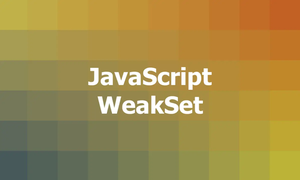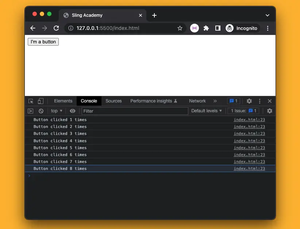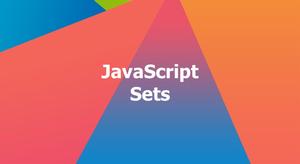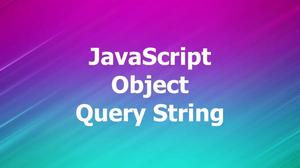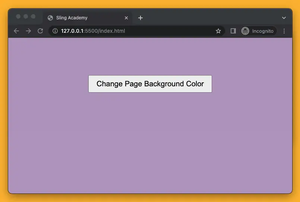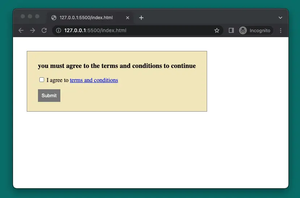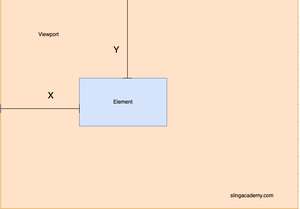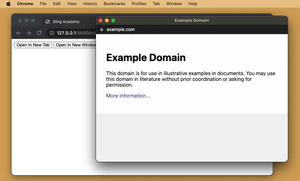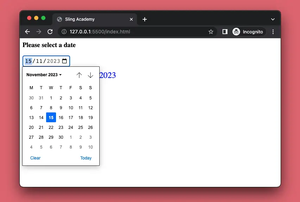The ability to control and navigate through the browser history is an essential feature for web applications, enhancing the user's experience by providing smooth transitions between different states or pages without full reloads. The HTML5 History API offers developers the tools to manipulate the browser session history directly using JavaScript.
Introduction to the History API
The History API, introduced in HTML5, includes methods that allow you to manage the state and URL of the browser. With the History API, you can modify the history stack, move forwards and backwards, and even update the current URL without triggering a page reload.
Basic Methods of the History API
Here are some core methods provided by the History API:
history.pushState(): This method allows you to add a state to the history stack. You can change the URL in the address bar and update the state.history.replaceState(): Similar topushState(), but instead of adding a new state, it modifies the current one.history.back(),history.forward(), andhistory.go(): These methods are used to navigate back and forth through the history stack.
Using history.pushState() and history.replaceState()
Both methods take three parameters:
- State object: Represents the current state of the page.
- Title: A string which can be used to describe the new state. Most browsers currently ignore this parameter, so it can be set to
null. - URL: The new URL of the page. It must be of the same origin as the current page.
Example of history.pushState()
window.history.pushState({ page: 1 }, 'Title 1', '/page1');
When the above code executes, the URL in the address bar will change to /page1 and a new entry will be added to the history stack.
Example of history.replaceState()
window.history.replaceState({ page: 2 }, 'Title 2', '/page2');
This code updates the current entry on the history stack to the new state and URL /page2.
Navigating with history.back(), history.forward(), and history.go()
These methods enable navigation through the session history:
history.back(): Loads the previous URL in the history list.history.forward(): Moves to the next page in the history list.history.go(n): Loads the specific page in history, withnrepresenting the relative position (e.g., -1 is equivalent to back, 1 is equivalent to forward).
Example of History Navigation
// Go to the previous entry
history.back();
// Move forward
history.forward();
// Move 3 steps forward or -3 steps back
history.go(3);
Listening to State Changes
The popstate event is fired whenever the active history entry changes. You can listen for this event to handle state changes appropriately.
Example of Listening to popstate
window.addEventListener('popstate', function(event) {
console.log("location: " + document.location + ", state: " + JSON.stringify(event.state));
});
This handler will log the new location and state whenever a user navigates using the browser's back or forward buttons.
Conclusion
The History API provides powerful capabilities for enhancing navigation within your web application by dealing with session history programmatically. This not only improves the user experience by avoiding full page reloads but also helps in maintaining state in single-page applications.

